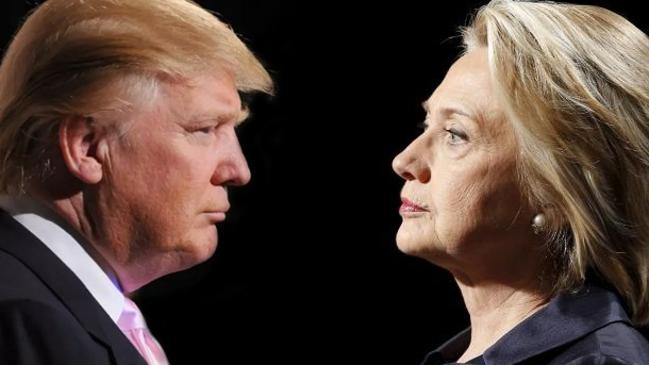The Trump Administration reveals claims of USAID misuse by Bill and Hillary Clinton
Transportation Secretary Sean Duffy recently found himself at the center of a heated online debate with former Secretary of State Hillary Clinton. The exchange stemmed from Duffy’s controversial decision to work with Elon Musk’s Department of Government Efficiency (DOGE) in an effort to overhaul the nation’s aviation systems, especially in light of recent deadly plane crashes. Clinton openly criticized Duffy’s choice, questioning DOGE’s qualifications for managing such a complex and critical project. She argued that the organization’s lack of traditional aviation experience and its relatively young workforce raised concerns about its capability to handle a task of this magnitude. Clinton warned that incorporating a private company like DOGE into the equation could jeopardize public safety and reflect poorly on the administration’s priorities.
Duffy swiftly responded, defending his decision by highlighting the failures of government bureaucrats who had overseen infrastructure projects, including aviation, for decades. He pointed out that relying on established government agencies had not yielded effective solutions, and the national infrastructure had suffered as a result. “It’s time for a change,” Duffy argued, stressing the need for innovative technology and outside-the-box thinking. He suggested that DOGE’s technological expertise could bring much-needed improvements to aviation safety and efficiency.
In a dramatic turn, Duffy also accused the Clintons of misusing the United States Agency for International Development (USAID) for personal gain. These accusations were bolstered by findings from an investigation led by Musk’s team, which had drawn attention to potential mismanagement and self-serving projects funded by USAID during the Clintons’ involvement. Duffy claimed that the Clintons had undermined the agency’s mission of global development and humanitarian aid, suggesting their actions had personal financial interests at heart.
Clinton, who has consistently advocated for government-led initiatives, dismissed Duffy’s allegations as politically motivated and unfounded. She pointed to her own record as Secretary of State, where she pushed for several projects aimed at improving transportation systems and international partnerships. Clinton also cautioned against what she viewed as “reckless privatization” and argued that public infrastructure should remain under government oversight to ensure accountability and prevent conflicts of interest.
Despite the escalating tensions, Duffy remained firm in his belief that collaboration between public and private sectors was crucial for addressing the modern challenges facing the transportation industry. He emphasized that innovation, paired with proper regulatory oversight, could lead to more efficient, safer systems. “We need to adapt to the changing times,” Duffy stated. “By combining the best of both worlds—the ingenuity of the private sector and the accountability of the public sector—we can create systems that benefit everyone.”
Furthermore, Duffy pledged that major corporations, including Boeing and Tesla, would be held responsible for their roles in ensuring aviation safety. He reassured the public that working with DOGE wouldn’t diminish regulatory scrutiny or compromise safety standards. Instead, he described the partnership as a strategic approach to blending technological advancements with the regulatory framework necessary to keep the public safe.
The debate has drawn mixed reactions from both industry experts and political commentators. Some argue that Duffy’s approach is bold and necessary, given the slow-moving nature of government bureaucracy and the growing need for technological innovation. They see DOGE’s involvement as a potential breakthrough in improving aviation safety and modernizing infrastructure.
Others, however, share Clinton’s concerns about the risks of privatizing essential public services. They worry that relying too heavily on private companies might lead to conflicts of interest and erode the quality of safety and regulatory standards. These critics are calling for greater transparency and oversight to ensure that public interests remain protected.
As this debate continues to unfold, it’s clear that the future of aviation and transportation infrastructure will hinge on a balance between innovation and regulation. Duffy’s decision to partner with DOGE may have sparked controversy, but it has also ignited a broader conversation about the role of private companies in shaping the future of essential public services. The outcome of this partnership will likely set a precedent for future collaborations between government and private enterprises in critical infrastructure projects.
